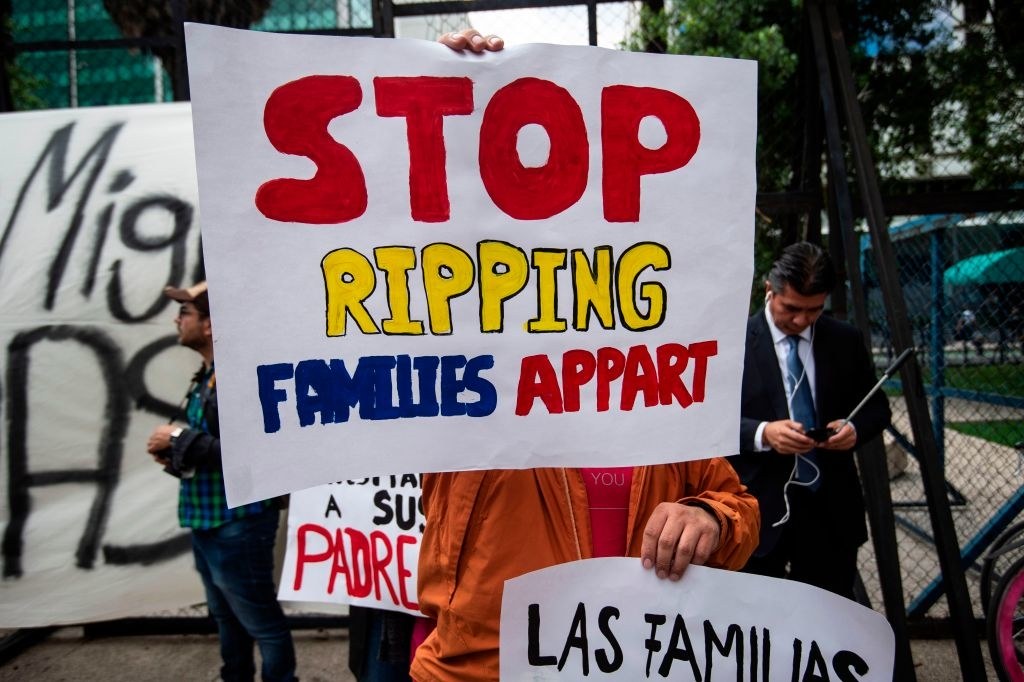A Few Dozen Migrant Children Were Reunited With Their Families—but That's Not Enough

Although a federal judge ruled that the Trump administration had until Tuesday to reunite about 100 young migrant children with their parents, the government acknowledged Monday evening that it would fall short of the court-ordered deadline.
Roughly 3,000 kids were removed from their families at the border under the Trump administration’s “zero-tolerance” immigration policy this spring, and about 102 of those children were under the age of five. Last month U.S. District Judge Dana Sabraw ordered the Trump administration to return all kids under five to their parents or guardians by July 10. However, the Justice Department revealed at a court hearing in San Diego that only 54 families would be reunited by today and that they would be released in the U.S. together.
Five more cases are still undergoing final background checks.
This leaves a few dozen kids in limbo. According to Time, Justice Department lawyer Sarah Fabian said that the government was unable to reunite the remaining children with their families for several reasons, including the fact that some of their parents had already been deported, some needed to be located and others are behind bars on criminal charges.
Judge Sabraw has signaled that he will work with the government and allow more time to place the final children back with their parents. He asked the administration to propose a timeline and said that he recognized some cases would “necessitate additional time.”
However, this situation still raises several concerns about the children beyond the 102 in question. About 2,000 are still being held away from their parents, and Judge Sabraw had given the government until July 26 to reunite all of them. At the rate the government is going, it’s likely they will need an extension again. If Judge Sabraw decides not to offer more time, the government could be found in contempt of court.
Additionally, the Trump administration missing their first deadline calls their reunification process into question and reveals it may not be enough to unite families effectively.
